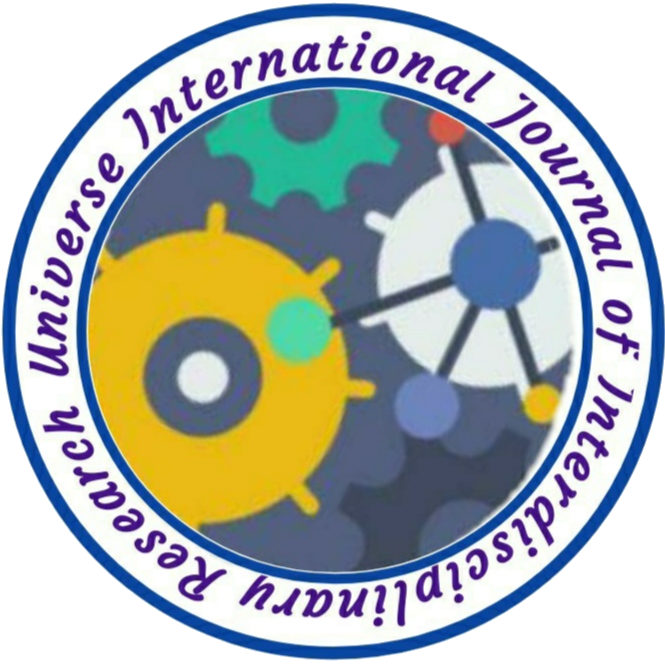RIVER COURSE SHIFTING AND SEDIMENTATION OF THE MATLA RIVER OF SUNDARBAN REGION, INDIA
Author Name: 1. Saifulla Sardar
Volume/Issue: 04/05
Country: India
DOI NO.: 08.2020-25662434 DOI Link: https://doi-ds.org/doilink/10.2023-89856147/UIJIR
Affiliation:
- Ph. D. Scholar, Jadavpur University, India.
ABSTRACT
The Matla river is a importance part of sundarban region. To yet, our understanding of the Matla's fluvial dynamics, particularly in its lower reach, is limited. Questions such as why the river's course changes so regularly and the accumulated sediments in the surrounding area. The government's policy of withholding water-related data impedes open scientific study. The current research examines the shifting channels and deposited sediments of West Bengal's Matla of Sundarban river system since the turn of the century. The Matla River's main stem is split into two arms near Purandar. One travels through Kultali-Garanbose and then the Sundarbans. The other flows through Basanti, Pathankhali, Surjyaberia, Masjidbati, and finally meets the Bidyadhari river. The most notable geomorphic condition of the Sunderbans' Matla basin are fluvial, estuarine, and tidal river systems, tidal creek systems, and sandy delta beaches. These dynamic agencies' responsibilities have resulted in a variety of erosional and accretional structures throughout the drainage basin. Some of the notable geomorphic features in the area include a natural levee, a point bar, a mid channel bar, a swash platform, a wash over flat, and an ebb-tidal delta.
Key words: Matla River, Region, River Course, Sedimentation, Shifting, Sundarban

No comment